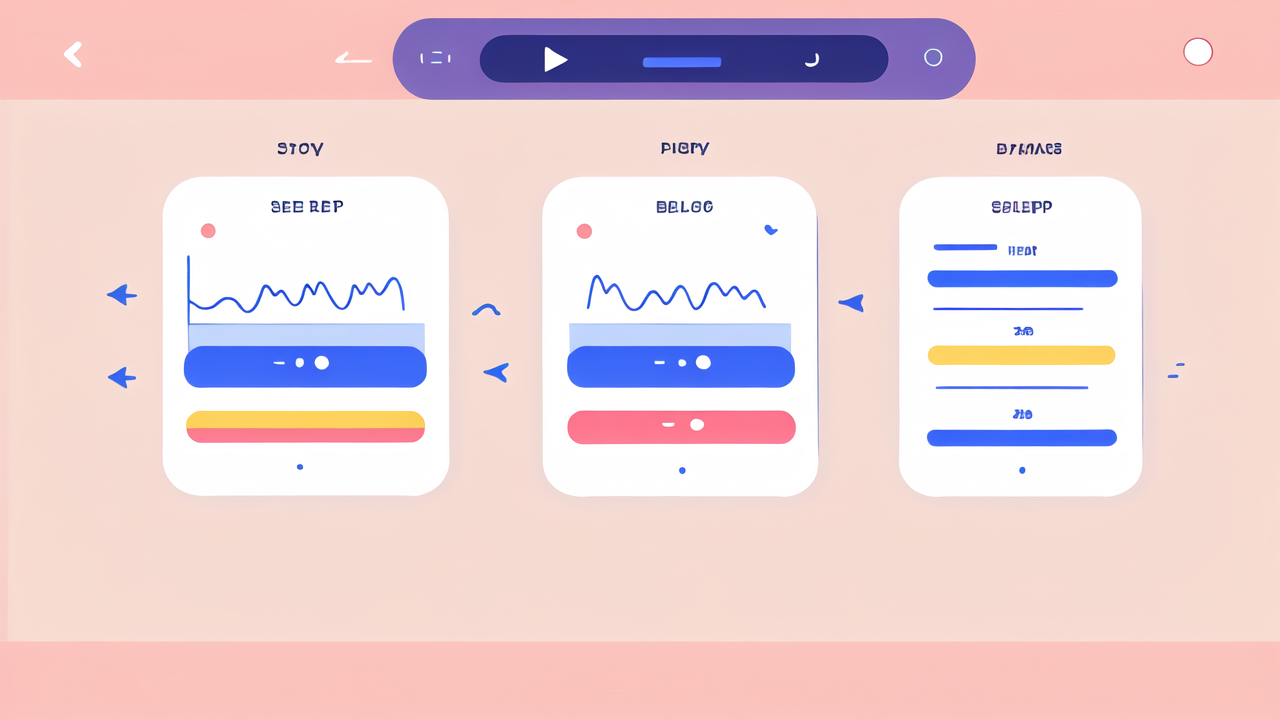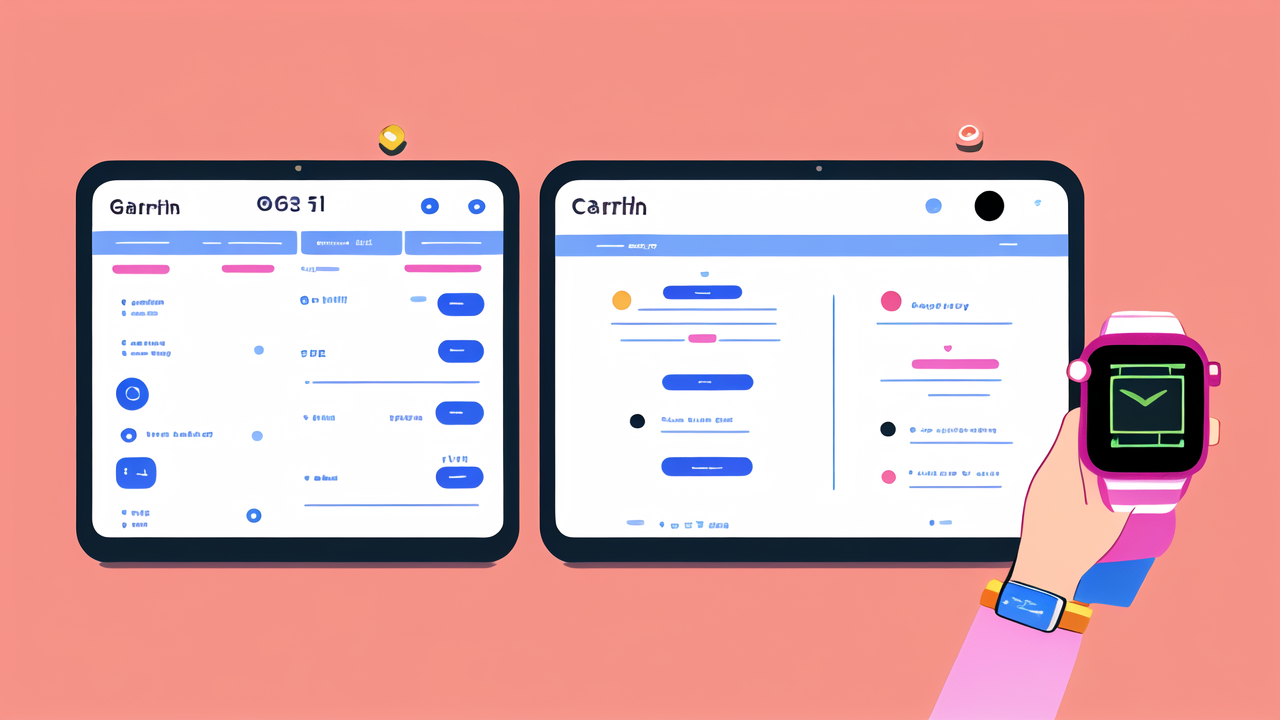Introduction to Wearable Health Monitoring
The Evolution of Health Wearables in the US Market
Health wearables have come a long way in the US market. They started as simple step counters. Now, they're advanced health monitors. The first Fitbit launched in 2009. It only tracked steps and sleep. Today's devices do much more. They measure heart rate, blood oxygen, and even ECG.

The market has grown fast. In 2014, only 1 in 5 Americans owned a wearable. Now, it's nearly 1 in 2. This growth shows how important these devices have become. They're not just gadgets. They're health tools. People use them to track fitness, manage stress, and spot health issues early.
Understanding the Importance of Body Measurement Features
Body measurement features are key in health wearables. They give users real-time health data. This data helps people make better health choices. For example, heart rate tracking can show fitness progress. It can also warn of potential heart issues.
Other important features include:
- Sleep tracking
- Stress monitoring
- Blood oxygen measurement
- ECG readings
These features turn watches into personal health assistants. They can spot trends and alert users to changes. This early warning can be life-saving. It's why body measurement is so vital in smart watches.
Key Features to Look for in a Health Monitoring Smart Watch
Heart Rate Monitoring Accuracy and Advanced Features
Heart rate monitoring is a core feature of health smart watches. Accuracy is crucial. The best devices use optical sensors. These sensors shine light into the skin to detect blood flow. More advanced watches offer continuous monitoring. This gives a fuller picture of heart health.

Some watches go further. They can detect irregular heart rhythms. This can warn of conditions like atrial fibrillation. ECG features are becoming common in high-end models. These can record the heart's electrical activity. It's like having a simple ECG machine on your wrist.
When choosing a watch, look for:
- Continuous heart rate tracking
- Resting heart rate measurements
- Heart rate variability analysis
- ECG capabilities (in some models)
Integration with Health Apps and Services
A smart watch is most useful when it works with other health tools. Good integration with health apps is key. This lets users see all their health data in one place. It also makes it easier to share data with doctors.
Most top brands have their own health apps. These often sync with popular fitness apps too. Some key integrations to look for:
- Apple Health or Google Fit compatibility
- Integration with nutrition tracking apps
- Ability to share data with healthcare providers
- Sync with popular fitness apps like Strava or MyFitnessPal
The best watches make data sharing easy and secure. They should also offer clear, easy-to-understand health insights.
Battery Life and Charging Efficiency
Battery life is crucial for health monitoring. A watch that dies often misses important data. Most users want at least a full day of use. Some watches offer several days or even weeks. This often depends on which features are active.
Charging speed matters too. Fast charging lets users top up quickly. Some watches can get a full day's charge in just an hour. Wireless charging is becoming more common. It makes keeping the watch powered more convenient.
When comparing battery life, consider:
- How long the watch lasts with all features on
- Charging speed and methods
- Power-saving modes for extended use
- How often you're willing to charge
Remember, more features often mean shorter battery life. It's about finding the right balance for your needs.
Top Health Monitoring Smart Watches on the Market
Apple Watch Series 4 and Beyond: A Closer Look
The Apple Watch is a leader in health monitoring. Since Series 4, it's offered advanced health features. These include ECG and fall detection. The latest models add blood oxygen monitoring. They also have an always-on display for easy checking.

Key health features of recent Apple Watches:
- ECG app for detecting atrial fibrillation
- Blood oxygen measurement
- High and low heart rate notifications
- Irregular heart rhythm alerts
- Noise level monitoring
- Menstrual cycle tracking
Apple's Health app integrates all this data. It gives users a complete health picture. The watch also works with many third-party health apps. This expands its usefulness for specific health needs.
Battery life is typically about 18 hours. This means daily charging for most users. But the watch charges quickly. The health features and ecosystem make it a top choice for many.
Fitbit Versus Garmin: Comparing Ecosystems and Sensors
Fitbit and Garmin offer strong alternatives to Apple. Both focus heavily on fitness and health tracking. Fitbit is known for its user-friendly app and social features. Garmin is popular with serious athletes for its detailed metrics.
Fitbit's latest models include:
- ECG app (on some models)
- Sleep stage tracking
- Stress management scores
- Active Zone Minutes for workout intensity
Garmin watches often offer:
- Advanced running metrics
- Pulse oximeter for blood oxygen
- Body Battery energy monitoring
- Stress tracking and relaxation reminders
Both brands excel in battery life. Many models last several days between charges. This is great for continuous health monitoring. They also offer good app integration and data insights.
The choice between Fitbit and Garmin often comes down to user needs. Fitbit is great for casual users and overall wellness. Garmin suits more serious athletes and outdoor enthusiasts.
Samsung Galaxy Watch Series: A Health-Oriented Smart Watch Alternative
Samsung's Galaxy Watch series is a strong contender in health monitoring. It offers a mix of smartwatch features and health tracking. Recent models include ECG and blood pressure monitoring. These features make it a solid choice for health-conscious users.
Key health features of Samsung Galaxy Watches:
- ECG monitoring
- Blood pressure measurement (with calibration)
- Sleep tracking with stages
- Stress tracking and guided breathing
- Fall detection
- Women's health tracking
Samsung's watches run on Tizen OS. This offers good app support and Samsung Health integration. The interface is user-friendly and responsive. Battery life is typically 2-3 days, depending on usage.
One standout feature is the rotating bezel. This makes navigating the watch easy and intuitive. It's especially useful for quick health checks. Samsung also offers good integration with Android phones.
For those in the Android ecosystem, the Galaxy Watch is a top health monitoring choice. It balances smart features with robust health tracking capabilities.




Leave a comment
This site is protected by hCaptcha and the hCaptcha Privacy Policy and Terms of Service apply.